Farewell to Shulamit —— Spatial and Social Diversity in the Song of Songs
----- 告别舒拉米特
The Song of Songs, a lyric cycle of love scenes without a narrative plot, has often been considered as the Bible’s most beautiful and enigmatic book. The present study questions the still dominant exegetical convention that merges all of the Song’s voices into the dialogue of a single couple, its composite heroine Shulamit being a projection screen for norms of womanhood. An alternative socio-spatial reading, starting with the Hebrew text’s strophic patterns and its references to historical realia, explores the poem’s artful alternation between courtly, urban, rural, and pastoral scenes with their distinct characters. The literary construction of social difference juxtaposes class-specific patterns of consumption, mobility, emotion, power structures, and gender relations. This new image of the cycle as a detailed poetic frieze of ancient society eventually leads to a precise hypothesis concerning its literary and religious context in the Hellenistic age, as well as its geographical origins in the multiethnic borderland east of the Jordan. In a Jewish echo of anthropological skepticism, the poem emphasizes the plurality and relativity of the human condition while praising the communicative powers of pleasure, fantasy, and multifarious Eros.
{{comment.content}}
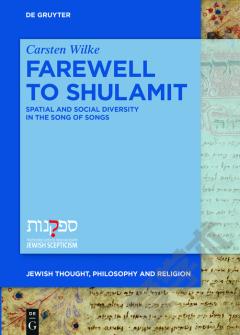

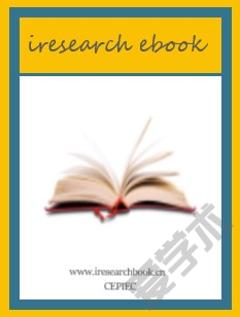

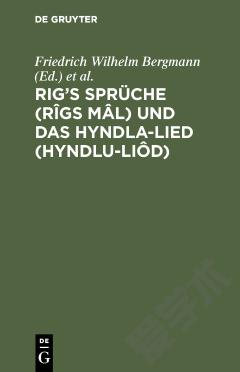
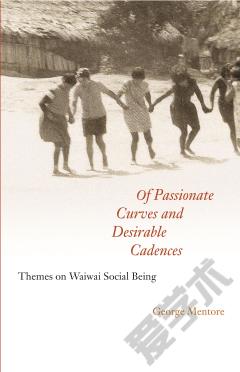
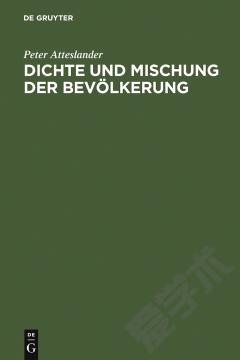

 京公网安备 11010802027623号
京公网安备 11010802027623号